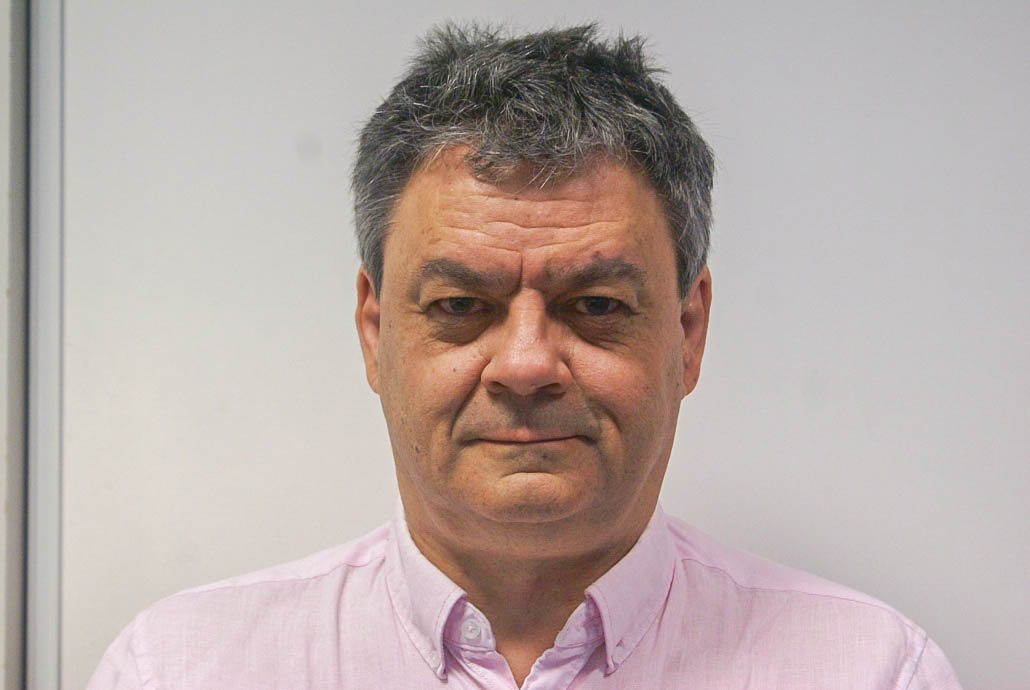Chemical processes applied to real effluents
Throughout his career, Éric Guibal has explored methods for recovering metals, either through leaching or adsorption. The first method consists in slowly solubilizing metals by passing an acidic solution through the solid material or ore. The elements are recovered in the loaded residual liquid, called leachate. Adsorption consists in recovering metals through adhesion to the surface of a solid material – the adsorbent. Particular attention is paid to the characterization of these adsorbent materials, especially their selectivity, in order to separate the metals to be recovered, and also ensure their reuse.
These methods, in keeping with an applicative approach, are implemented on real effluents, from the mining industry, leachate or polluted water. “For example, we are trying to make the groundwater of contaminated areas safe to drink, or at least compatible with agricultural use,” Éric Guibal explains.
The use of biomass, from fungi to algae
Beginning with his earliest work, the researcher has explored bioleaching and biosorption, or the use of biomass to recover metals. He quickly became interested in the use of biomass from filamentous fungi to recover uranium. “Once this remarkable activity was identified, I focused on the active ingredient, chitosan: a biopolymer present in the cell walls of fungi.”
In the laboratories of IMT Mines Alès, Éric Guibal met the research engineer Thierry Vincent, “a person who has a remarkable imagination and capacity for innovation.” This meeting was the start of something new: together, they developed, explored, and invented with chitosan. They developed products with original shaping processes, such as hollow fibers, used for metal recovery, as well as for more unexpected applications such as the diffusion of vitamins.
Gradually, the two researchers changed directions to focus on alginate, a brown-algae-based polymer, building on all the knowledge developed during their study of chitosan. They were therefore able to develop a range of foams and demonstrate their fire-resistant properties. This discovery paved the way for the AlgiFoam project, a material currently in the process of being industrialized, most likely for use in luxury packaging. This rewarding success for the pair of researchers was the culmination of decades of technical and scientific advances.
Building an international network
Beyond his academic work, Éric Guibal’s career has been marked by numerous international collaborations. Very early on, he supervised a Mexican doctoral student from the University of Guanajuato, then forged numerous links with Spain and Latin America, notably the University of Campinas in Brazil, to structure research around the biosorption of metals. During the first part of his career, the researcher spent about a month and a half per year traveling to maintain this Latin American network.
Over the past ten years, he also formed a network in Egypt: a community originally attracted by the scientific production of IMT Mines d’Alès, with whom friendships have blossomed over time. The researcher therefore began working together with a handful of Egyptian teams, the Nuclear Materials Authority, Menoufia University, and Port Said University, themselves associated with Chinese teams. These connections facilitated access to equipment and financial and human resources in China increased the speed of production “We have almost too many results arriving and not enough time to handle them,” the researcher says.
“These collaborations are part of my DNA”
The consolidation of this international network therefore gives rise to about ten articles per year on topics related to metal recovery. Out of the nearly 300 publications he has authored throughout his career, Éric Guibal estimates that 80 to 85% of them were in partnership with people belonging to this work network. This abundance of scientific production has made the researcher one of the most cited in his discipline, in France and internationally.
While this is certainly something to boast about, Éric Guibal keeps his feet on the ground: “It’s one criterion among others, it doesn’t make us Nobel Prize laureates, but it demonstrates the impact of our work on the scientific community internationally. Even from a small town like Alès,” he adds with a smile.
Today, the researcher is pleased to see the patient development of this network of collaboration and scientific “schools of thought”: a long-term investment that perpetuates the transmission of knowledge pertaining to the recovery and reuse of metals. Before adding that the start of this network would never have been possible without all the achievements previously carried out with his team at IMT Mines Alès, in particular with Thierry Vincent. “I very much believe very in the power of chance encounters,” he says. “These collaborations are part of my DNA.”



 How beautiful are the words of the researcher, and much preferable to those of the scholar! They express the healthy attitude of the mind confronted with truth: lack more than what has been obtained, desire more than possession, appetite more than satiety.
How beautiful are the words of the researcher, and much preferable to those of the scholar! They express the healthy attitude of the mind confronted with truth: lack more than what has been obtained, desire more than possession, appetite more than satiety.

